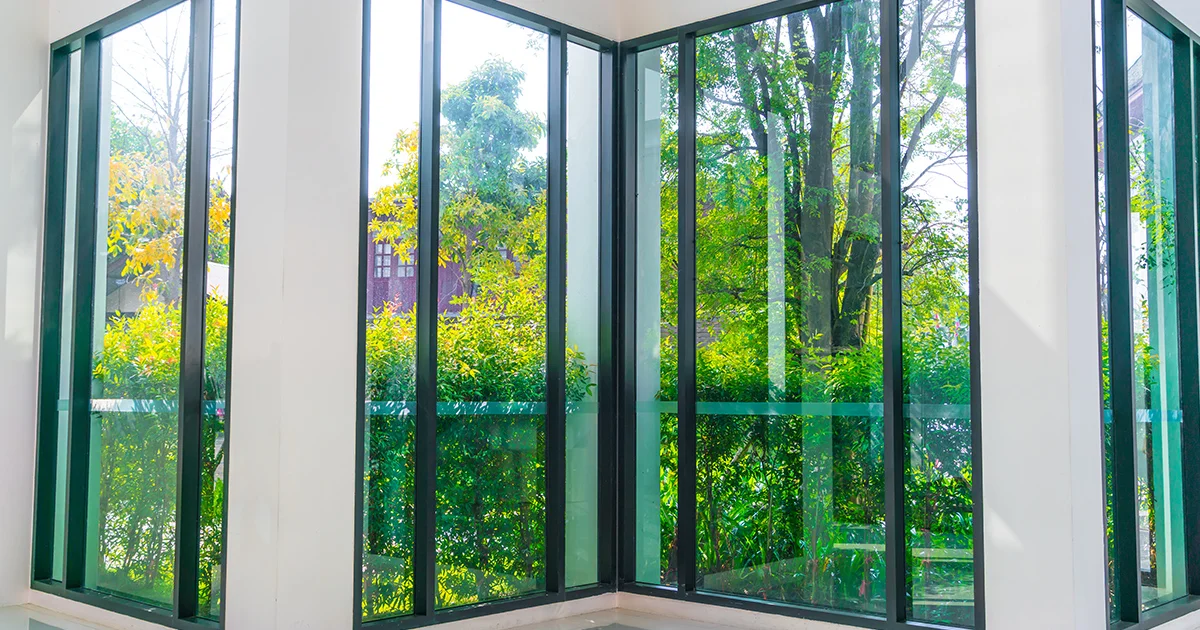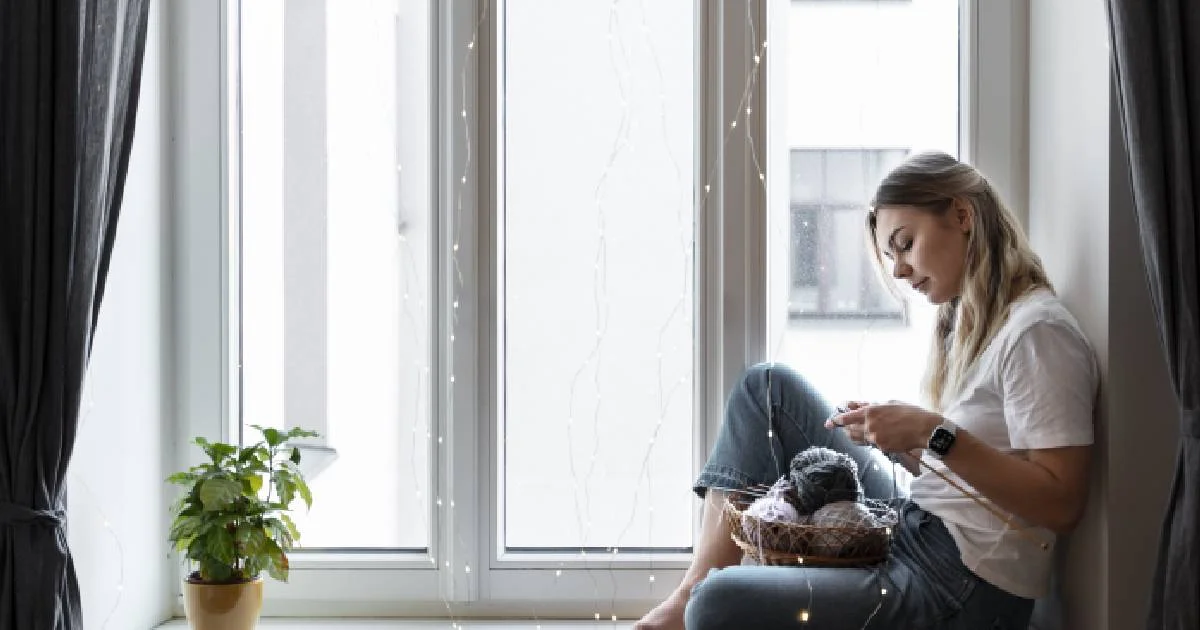
Top 6 Benefits of Car Wrapping You Should Know About
22 Jun 2023, By AdminAre you looking to give your car a fresh new look while also protecting its original paint? Look no further than car wrapping at Dr. Tint & Wrap! Car wrapping, a process where a vinyl film is applied to the exterior of a vehicle, has become a popular choice among car enthusiasts, businesses, and individuals alike. In this blog, we'll explore the top benefits of car wrapping and why it's worth considering for your own vehicle.
Style and Customization - One of the primary benefits of car wrapping is the ability to customize your vehicle's appearance to your liking. With a wide range of vinyl colors, finishes, and designs available, you can create a unique and personalized look for your car. Whether you're going for a sleek and glossy finish, a matte or satin look, or even a textured design, the possibilities are endless. Car wrapping allows you to express your personal style and make your car stand out from the crowd.
Paint Protection - Another significant advantage of car wrapping is its ability to protect your car's original paint from various types of damage. The vinyl film acts as a protective barrier against scratches, rock chips, dirt, and UV rays, helping to keep your car's paint in pristine condition. This is particularly beneficial for expensive or rare vehicles, as it helps preserve their resale value and keeps them looking new for longer.
Cost-Effective - Compared to traditional painting methods, car wrapping can be a more cost-effective option for changing your vehicle's appearance. A high-quality paint job can be expensive, especially if you're looking for unique colors or finishes. Car wrapping, on the other hand, offers a more affordable alternative with similar results. Additionally, if you decide to change your car's color or design in the future, you can easily remove the vinyl wrap without damaging the original paint, making it a cost-effective and reversible option.
Time-Saving - Unlike traditional painting, which can take several days to complete, car wrapping can be done relatively quickly. Depending on the complexity of the design and size of the vehicle, car wrapping can usually be completed within a few days to a week. This means less downtime for your vehicle and less inconvenience for you, making it a time-saving option for those who want a quick and efficient way to transform their car's appearance.
Advertising and Branding - Car wrapping is not only popular among car enthusiasts but also among businesses for advertising and branding purposes. Wrapping company vehicles with branded vinyl wraps can turn them into moving billboards, creating a cost-effective and attention-grabbing way to promote your business. With the ability to customize the design and incorporate your logo, colors, and other branding elements, car wrapping can help increase brand awareness and make your business stand out on the road.
Easy Maintenance - Another benefit of car wrapping is its low maintenance requirements. Vinyl wraps are durable and easy to clean, requiring minimal upkeep. Regular washing with mild soap and water is typical all that's needed to keep the wrap looking its best. Additionally, if any damage does occur, such as a scratch or small tear, individual sections of the vinyl can be easily replaced without having to redo the entire wrap, making it a convenient and cost-effective option for long-term maintenance.
In conclusion, car wrapping offers a wide range of benefits, including style customization, paint protection, cost-effectiveness, time-saving, advertising and branding opportunities, and easy maintenance. Whether you're looking to give your personal vehicle a fresh new look or promote your business on the road, car wrapping can be a practical and visually appealing solution. Consider car wrapping as a viable option for transforming your ride with style, protection, and added benefits that will make your vehicle stand out from the crowd.

How Should I Care for My Tinted Windows?
22 Jun 2023, By AdminCar window tinting not only enhances the look of your vehicle but also offers several practical benefits, such as UV protection, heat reduction, and privacy. However, to ensure that your tinted windows remain in top condition and last for a long time, proper care and maintenance are essential. Here’s a comprehensive guide on how to care for your car’s tinted windows.
1.Wait Before Cleaning
After installing car window tinting, it's crucial to wait at least a few days before cleaning the windows. This allows the tint to fully adhere to the glass. Touching or cleaning the tint prematurely can cause bubbles or peel the film off the window.
2. Use the Right Cleaning Products
When cleaning tinted windows, avoid using ammonia-based cleaners, as ammonia can break down the tint and cause discoloration. Instead, opt for a mild, non-abrasive soap mixed with water or a cleaner specifically designed for tinted windows. You can also use a vinegar and water solution as a natural alternative.
3. Soft Cloths and Sponges
Always use a soft cloth or sponge when cleaning tinted windows. Abrasive materials like paper towels or scrubbing pads can scratch the tint. Microfiber cloths are ideal because they are gentle and effective at removing dirt and smudges without causing damage.
4. Gentle Cleaning Techniques
When cleaning your tinted windows, apply the cleaning solution to the cloth rather than directly onto the window. This helps to control the amount of liquid and prevents it from seeping into the edges of the tint, which can cause peeling. Wipe the windows in a gentle, circular motion to avoid putting too much pressure on the tint.
5. Regular Cleaning
Regularly cleaning your tinted windows helps maintain their appearance and functionality. Dust, dirt, and grime can build up over time, potentially causing scratches if not removed. Aim to clean your windows at least once a month or more frequently if you live in a particularly dusty or polluted area.
6. Avoid Rolling Down Windows
For the first few days after getting your car windows tinted, avoid rolling them down. The adhesive needs time to cure, and rolling down the windows can cause the tint to peel or bubble.
7. Be Mindful of Seatbelts and Other Objects
Be careful when using seatbelts, loading items into your car, or performing any actions that might come into contact with your tinted windows. Seatbelts can snap back and hit the windows, causing scratches or other damage to the tint. Similarly, avoid placing objects against the windows that could potentially scratch or damage the film.
8. Inspect Regularly for Damage
Regularly inspect your tinted windows for any signs of damage, such as bubbles, peeling, or scratches. Early detection can help prevent minor issues from becoming major problems. If you notice any significant damage, it may be necessary to consult a professional to repair or replace the tint.
9. Protect from Direct Sunlight
While car window tinting is designed to reduce heat and UV exposure, excessive direct sunlight can still cause wear over time. Whenever possible, park your car in shaded areas or use a sunshade to protect your windows and extend the life of your tint.
10. Professional Maintenance
If you're unsure about how to care for your tinted windows or if you encounter any issues, don’t hesitate to seek professional help. Professional installers can provide maintenance tips and repair services to keep your tint in excellent condition.
Conclusion
Proper care and maintenance of your car window tinting are crucial to ensuring its longevity and effectiveness. By following these simple guidelines, you can keep your tinted windows looking great and performing well for years to come. Remember, the key is to be gentle, use the right products, and maintain a regular cleaning schedule. Enjoy the benefits of your tinted windows, from enhanced privacy to UV protection, and keep them in top-notch condition with these easy tips.

How to Choose the Right Window Tint for Your Home in 2023
22 Jun 2023, By AdminIn the world of home improvement, one often overlooked but highly beneficial upgrade is home window tinting. As we step into 2023, the demand for window tinting solutions has grown significantly, driven by increased awareness of their advantages. Whether you're looking to enhance privacy, reduce energy costs, or protect your furnishings from harmful UV rays, choosing the right window tint for your home is crucial. In this guide, we'll explore the key factors to consider when selecting the perfect window tint for your home in 2023.
1. Identify Your Goals
Before diving into the world of window tinting, it's essential to determine your specific goals. Why do you want window tinting for your home? Common reasons include:
- Privacy: Do you want to prevent prying eyes from peering into your living spaces?
- Energy Efficiency: Are you looking to reduce your energy bills by blocking out heat in the summer and retaining warmth in the winter?
- UV Protection: Do you want to safeguard your furniture, flooring, and artwork from harmful UV rays that can cause fading?
- Glare Reduction: Is glare from the sun or nearby buildings affecting your comfort while working or relaxing indoors?
Knowing your objectives will help you choose the right type of window tint to fulfill your needs.
2. Understand Different Types of Window Tints
In 2023, there are various types of window tints available, each with its unique features and benefits. Some of the most common options include:
- Solar Control Films: These tints are designed to reduce heat and glare, making your home more comfortable and energy-efficient. They can also block a significant portion of harmful UV rays.
- Privacy Films: These tints provide enhanced privacy during the day while allowing you to see out. They are perfect for homes with large windows or those in close proximity to neighbors.
- Decorative Films: If you want to add a touch of style to your windows, decorative films come in various patterns and designs. They can provide privacy and aesthetics simultaneously.
- Security Films: These films are designed to strengthen windows and make them more resistant to break-ins and accidents. They can be a valuable addition to your home's security system.
- UV-Blocking Films: If preserving the color and integrity of your furnishings is a priority, UV-blocking films are an excellent choice. They significantly reduce the harmful effects of UV rays on your interior decor.
3. Consider Local Regulations
Before you proceed with window tinting, it's crucial to check your local regulations and building codes. Some areas may have restrictions on the type or darkness of window tint allowed, especially for front-facing windows. Compliance with local laws ensures you avoid potential fines or complications.
4. Evaluate Tint Performance
When choosing a window tint, pay attention to its performance metrics, including:
- Visible Light Transmission (VLT): This measures the amount of visible light that can pass through the tint. A lower VLT means less light passes through, which can be helpful for glare reduction and privacy.
- Solar Heat Gain Coefficient (SHGC): This metric indicates how much heat the tint can block. Lower SHGC values are better for reducing heat gain during hot months.
- U-Factor: This measures how well the tint insulates your windows. A lower U-factor indicates better insulation, which is crucial for energy efficiency.
5. Seek Professional Installation
While some homeowners may attempt DIY window tinting, it's usually recommended to hire professionals. They have the expertise and equipment to ensure a proper installation that maximizes the benefits of your chosen tint.
6. Request Samples and Consultations
Before making your final decision, request samples of the window tints you're considering. This will allow you to see how they look in your home's lighting conditions and how well they meet your objectives. Additionally, consult with window tinting experts who can provide advice tailored to your specific needs.
In conclusion, home window tinting in 2023 is a versatile and practical solution for enhancing comfort, privacy, and energy efficiency in your home. By understanding your goals, exploring different types of tints, and considering local regulations, you can make an informed choice that brings both aesthetic and functional benefits to your living space. With professional installation and careful consideration, you'll enjoy the advantages of window tinting for years to come.

Enhance Your Privacy and Security with Home Window Tinting
22 Jun 2023, By AdminIntroduction
Home Window Tinting is a process where a thin film is applied to the windows of a residence to reduce the amount of visible light, UV rays, and heat that enters the interior. This tinting film is typically made of polyester and can come in various shades. The primary purpose is to enhance privacy and security by limiting the view into your home from the outside.
What is Home Window Tinting, and how does it enhance privacy and security?
Home Window Tinting is a process where a thin film is applied to the windows of a residence to reduce the amount of visible light, UV rays, and heat that enters the interior. This tinting film is typically made of polyester and can come in various shades. The primary purpose is to enhance privacy and security by limiting the view into your home from the outside.
How does Home Window Tinting contribute to privacy at home?
Home Window Tinting provides an additional layer of privacy by obstructing the view into your home. It allows you to enjoy natural light without compromising your privacy, making it difficult for outsiders to see the interiors of your house. This is especially beneficial for ground-level windows and homes in close proximity to neighbors or busy streets.
Can Home Window Tinting protect against harmful UV rays?
Absolutely! One of the significant benefits of Home Window Tinting is its ability to block a significant portion of harmful UV rays. This not only helps in safeguarding your skin from potential damage but also prevents fading and deterioration of your furniture, flooring, and other belongings due to prolonged exposure to sunlight.
How does Home Window Tinting contribute to energy efficiency?
Home Window Tinting can help regulate the temperature inside your home by reducing the amount of heat that enters through the windows. This means less reliance on air conditioning during hot days, resulting in energy savings. It acts as an insulator, keeping your home cooler in the summer and warmer in the winter, thus contributing to overall energy efficiency.
Are there different types of window tinting available for homes?
Yes, there are various types of Home Window Tinting films available. These include reflective, dyed, and ceramic films. Reflective films are excellent for blocking heat, while dyed films are more for privacy. Ceramic films, on the other hand, offer a good balance between heat rejection and maintaining natural light.
How does Home Window Tinting enhance security?
Home Window Tinting enhances security by adding an extra layer of protection to your windows. The film makes it more difficult for burglars to see inside your home, making it less likely that they will attempt a break-in. Additionally, the film can hold shattered glass together in case of breakage, reducing the risk of injury and making it harder for intruders to gain access.
Does Home Window Tinting require special maintenance?
Home Window Tinting is relatively low maintenance. Cleaning the tinted windows is similar to cleaning regular windows—mild soapy water and a soft cloth are usually sufficient. However, abrasive cleaning materials should be avoided to prevent damage to the tinting film. Regular cleaning helps maintain the effectiveness and appearance of the tinting over time.
Enhancing privacy and security through Home Window Tinting is a practical and effective solution for homeowners, offering a range of benefits beyond just aesthetic appeal. By considering the type of tinting film and hiring professionals for installation, you can create a more comfortable and secure living environment for your family.
In conclusion, home window tinting is a versatile solution that offers a range of benefits beyond aesthetics. From enhancing privacy and security to protecting against UV rays and improving energy efficiency, the advantages are numerous. Consider investing in home window tinting to create a secure, comfortable, and energy-efficient living space that aligns with the demands of the modern world. Take the first step towards transforming your home into a haven of privacy and security by exploring the possibilities of home window tinting today.
